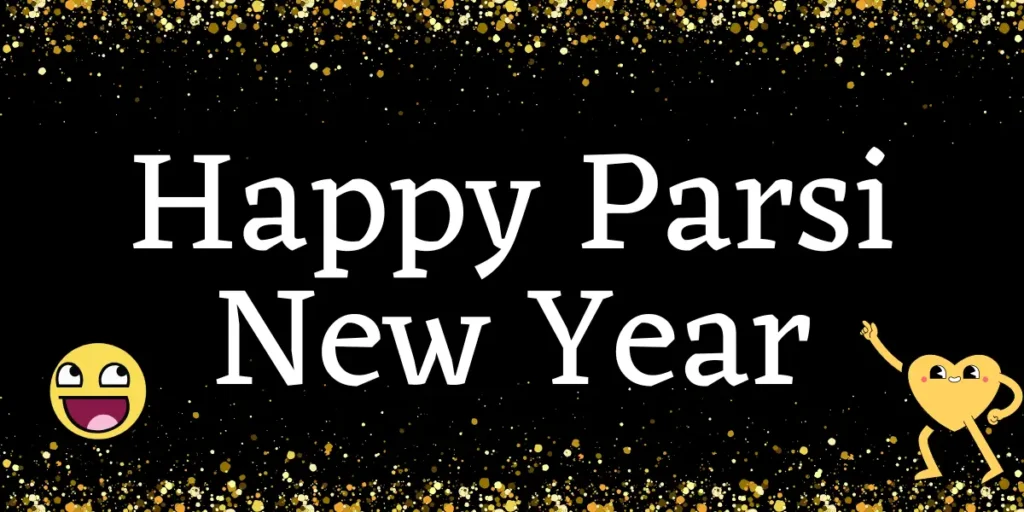The Parsi New Year, known as Navroz or Nowruz, is a vibrant and cherished celebration observed by the Parsi community. This auspicious occasion, rooted in ancient traditions and cultural significance, marks the beginning of a new day on the Parsi calendar. In this article, we delve into the rich history, cultural importance, and heartwarming traditions that make Parsi New Year a unique and joyous event.
History of Parsi New Year:
Navroz, derived from the Persian words “Nav” meaning new and “Roz” meaning day, has a history spanning over 3,000 years. While the global celebration of Navroz aligns with the Spring Equinox on March 21, the Parsi community in India follows the Shahenshahi calendar, resulting in a shift of celebration by 200 days from the original date. This calendar variation gives the Parsi New Year its distinctive timing, usually falling between July and August.
Cultural Significance and Origins:
The roots of Navroz trace back to Zoroastrianism, one of the world’s oldest monotheistic faiths, originating over 3,500 years ago in ancient Iran. Zoroastrianism was propagated by Prophet Zarathustra, promoting the belief in one god. The festival’s origins are also intertwined with the legend of King Jamshed, who saved the world from a catastrophic winter. The Parsi community’s history further involves migration to India and Pakistan, forming a group known as Parsis.
Celebration of Parsi New Year:
The heart of Parsi New Year celebrations lies in expressions of hope, renewal, and harmony. The Parsi community in India, particularly in Maharashtra and Gujarat, celebrates with great zeal. On this special day, families clean and adorn their homes with intricate rangolis and vibrant flowers. Dressed in traditional attire, community members gather at fire temples called ‘Agiaries’ to offer prayers, milk, flowers, fruits, and sandalwood to the sacred fire.
The essence of the celebration revolves around the “Four Fs”: fire, fragrance, food, and friendship. Parsis indulge in a delightful feast featuring a variety of traditional dishes such as Prawn Patio, Mori Dar, Patra Ni Macchi, Sali Boti, Saffron Pulao, and Falooda. The tables are beautifully decorated with elements like sacred books, mirrors, scented sticks, fruits, flowers, candles, coins, and a picture of Prophet Zarathustra.
Significance and Global Observance:
Nowruz is recognized as a cultural celebration promoting unity, optimism, and renewal. This ancient festival is observed not only in India but also in countries with Persian heritage, including Iran, Iraq, Afghanistan, and Central Asian regions. The United Nations acknowledges Nowruz with the “International Day of Nowruz,” emphasizing its significance in fostering compassion among diverse communities.
Conclusion:
Parsi New Year, or Navroz, is a celebration of rebirth, solidarity, and cultural heritage. With its roots in ancient Zoroastrianism, the festival marks the beginning of a new day on the Parsi calendar, symbolizing hope and harmony. The community’s vibrant traditions, heartwarming rituals, and delicious feasts create a tapestry of joy and togetherness that resonates across generations and cultures. As the Parsi community and its well-wishers come together to celebrate, Parsi New Year serves as a timeless reminder of the triumph of good over evil and the power of unity.
What is the Significance and Celebration of Navroz?
In India, many Parsis believe that the souls of those who have passed away come back to visit their loved ones and give them blessings on this special day. So, about ten days before the festival, Parsis pray and honor family members and ancestors who are no longer with them.
What is the tradition of Parsi New Year?
Celebrations. On this day, Parsi people offer prayers for good health and prosperity, spending their time cleaning their homes and decorating them with flowers and colorful patterns. They don traditional clothing and visit the fire temple, also known as the ‘Agiary’, where they present milk, flowers, fruits, and sandalwood to the sacred fire.
What is Navroz Parsi New Year?
The term “Navroz” comes from the words “Nav” and “Roz,” which mean New Day. This day, also known as the Persian New Year, is observed in various nations that have been influenced by Persian culture, including India, Iran, Afghanistan, and certain areas of Central Asia.
